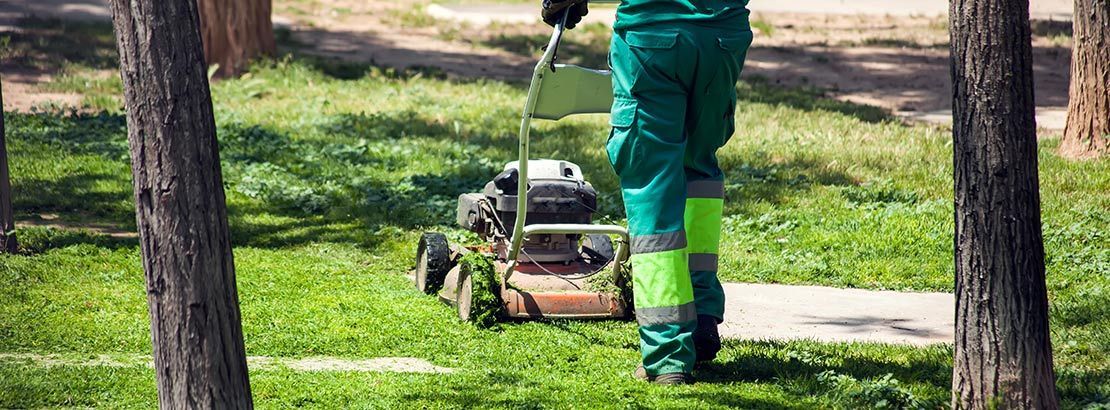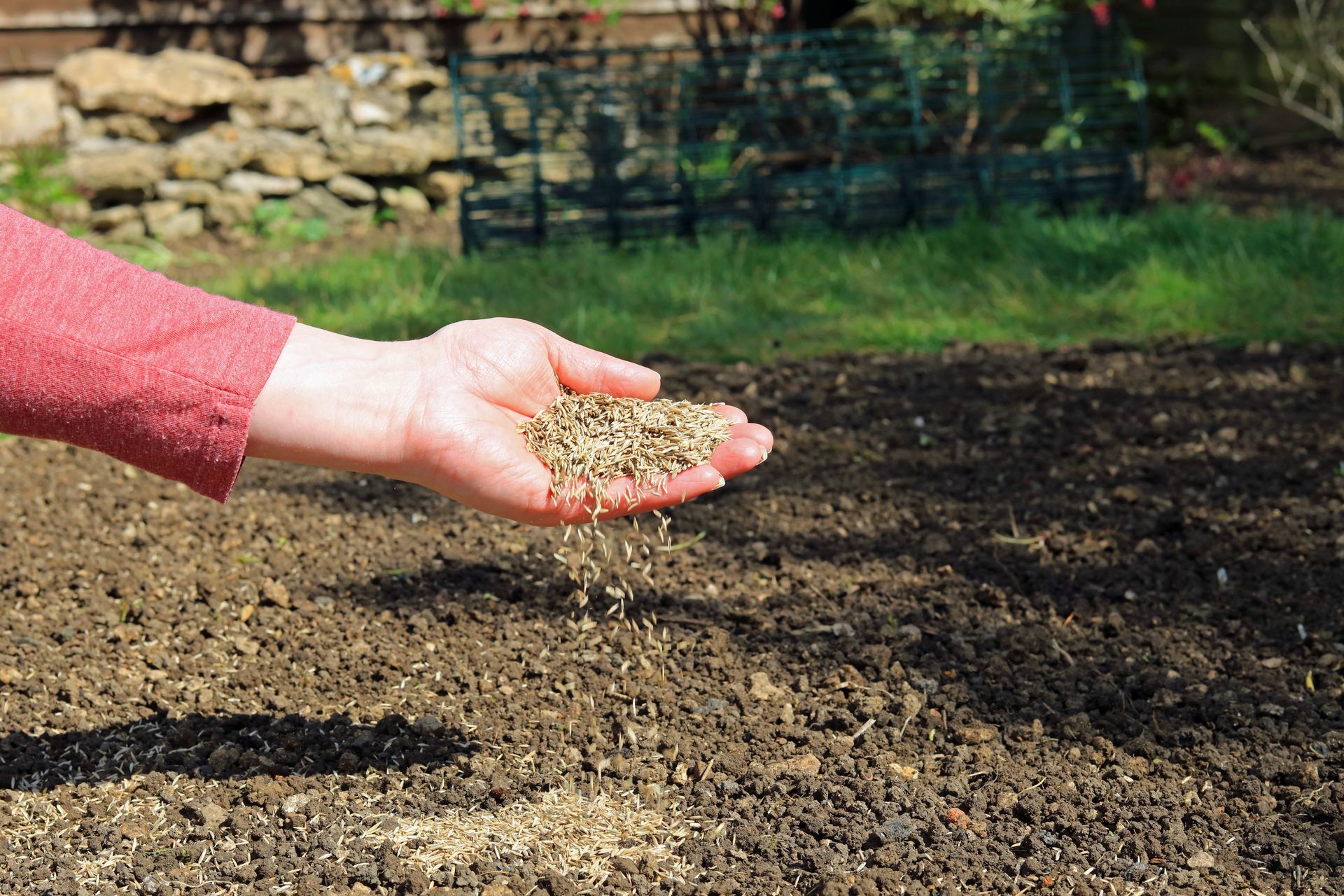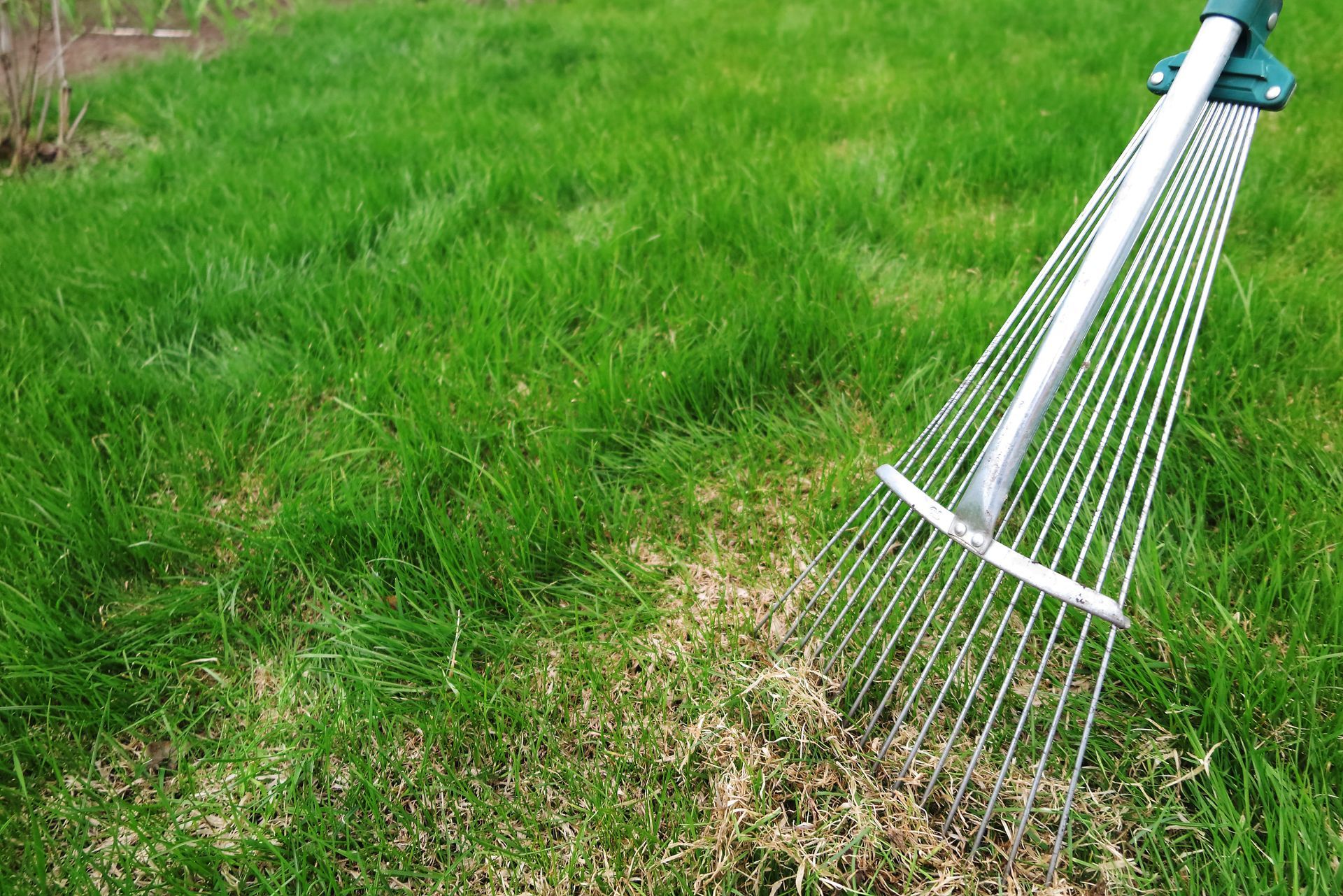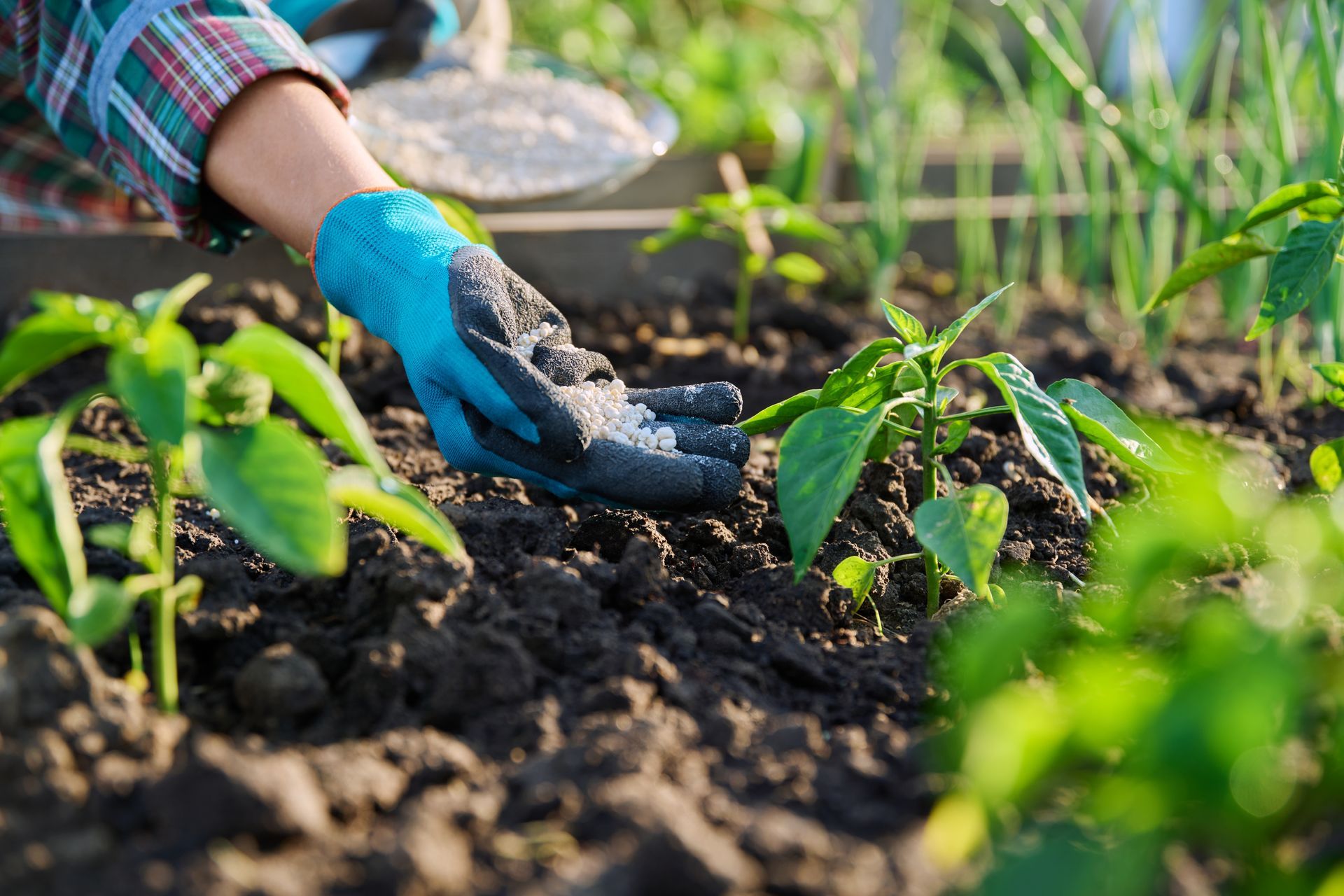October 31, 2023
7 Simple Steps to Rescue and Restore a Neglected Lawn in Michigan
Whether you’ve recently moved to a new home and found a patchy, neglected lawn waiting for you in your new garden, or have let your own lawn slip a bit, it’s never too late to rescue and restore.
In this post, our
expert team will provide a brief guide to restorative lawn care in Michigan. Follow these 7 steps, and your lawn will soon be the envy of the neighborhood.
1. Assess the Lawn
Start by determining the type of grass you have. Michigan lawns can include a range of grass types, and knowing what you're dealing with will help in planning the subsequent steps.
Check the amount of sunlight your lawn receives, and assess the soil drainage. Both factors can affect which of the many types of available lawn care for Michigan's climate will be most effective.
2. Remove Debris
Before any real work begins, ensure the lawn is free of thatch, weeds, and other debris. These can inhibit grass growth and make lawn care processes such as fertilization and overseeding less effective. Combined lawn aeration and dethatching services in MI may be the most economical choice.
3. Aerate Your Lawn
Aeration is essential to restoring an unhappy lawn, and should be carried out in spring or fall. This process loosens compacted soil, ensuring that air, water, and vital nutrients are able to penetrate down to the grass roots. Choose local grass aeration services in MI for the best results.
4. Level the Surface
For patches of lawn that are uneven, using a lawn roller will ensure a uniform look and make mowing more manageable.
5. Overseed for New Growth
This process involves adding new grass seed, filling in bare spots, and enhancing the lawn’s overall density. Overseeding in Michigan is best done during spring or fall.
6. Feed Your Lawn
Lawn care for all types of grass requires adding the right nutrients. An eco-friendly lawn care solution or lawn fertilizer suitable for Michigan’s varied grass types is the best choice. Opt for quality grass fertilization services for expert assistance.
7. Watering and Mowing
Water deeply but infrequently for the best results. If unsure how often you should mow your lawn in Michigan, once a week is ideal during the growing months (autumn and spring) and every two weeks is best over the dryer summer months.
Key Tips
- Topdress with compost to boost soil quality.
- Ensure you control weeds promptly and regularly to prevent them from dominating your lawn.
- Avoid over-fertilizing, which can harm rather than help.
- Water in the early morning or late evening for the best absorption
Lawn Care That Gets Results

Rescuing a neglected lawn requires patience, dedication, and knowledge about lawn care in Michigan. There’s no quick fix, but with consistency, patience and the right strategy, you’ll achieve a lush, green lawn that's both beautiful and resilient.
Visionary Fertilization, based in Shelby Township, MI, offers affordable lawn care services capable of restoring any lawn to its verdant best. We pride ourselves on treating our customers like family, prioritizing honesty and integrity in every job we do.




